جدول تناوبی عناصر
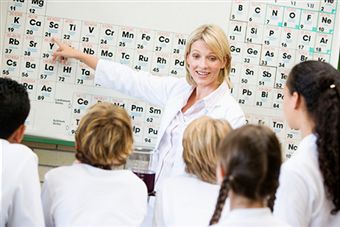
فایل صوتی ندارد
The Periodic Table of the Elements
Every chemistry student is familiar with the periodic table of the elements. This famous chart arranges the elements-that is, the different varieties of atoms-according to their atomic weights. One of the useful features of this table is that it identifies groups of elements that have similar chemical properties.
The idea of arranging elements within a periodic table was proposed in 1869 by a Russian chemist named Dimitri Mendeleyev. For many years, chemists had understood that matter consisted of many different kinds of basic particles called atoms, and that these basic elements could combine into many different compounds. But even though much information had been learned about these elements, scientists did not yet understand how the many different properties of the elements were related to each other, and they could not predict what kinds of elements would be discovered in the future. Mendeleyev realized that the elements could be arranged meaningfully in terms of their atomic weight. For example, hydrogen is the element with the lightest atomic weight, so hydrogen is given the atomic number one. The element with the next-lightest atomic weight is helium, so helium is given the atomic number two. When Mendeleyev arranged the elements in this way, he discovered that elements located close together usually had different properties, but that elements with similar properties could be found at regular intervals further along the table.
This discovery of the “periodic” repetition of the properties of elements allowed Mendeleyev to predict the properties of elements that had not yet been discovered. Based on the atomic number of a hypothetical element, Mendeleyev could predict its properties, and later discoveries showed that Mendeleyev’s predictions were largely correct. The periodic table has allowed the identification of several important groups of elements, which are discussed briefly below. The alkali metals, such as sodium and potassium, are soft metals that readily conduct heat and electricity. They can explode when exposed to water. The halogens, such as fluorine and chlorine, are non-metallic elements that combine with metallic elements to form salts.
The transition metals, such as mercury and gold, are very numerous. They conduct heat and electricity, and can be shaped and stretched. They are often found in compounds with oxygen. Three of the transition metals (iron, cobalt, and nickel) can produce a magnetic field.
The noble gases, such as helium and neon, have also been called “inert” gases, because they do not readily form compounds with other elements. The non-metals, such as oxygen and carbon, do not conduct heat or electricity very well, and cannot be easily stretched or shaped. Non-metals are the main elements in organic compounds.
element
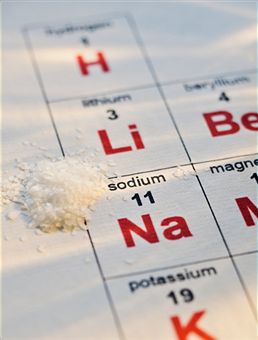
source 1
a simple chemical substance that consists of atoms of only one type and cannot be split by chemical means into a simpler substance. Gold, oxygen and carbon are all elements.
source 2
a simple chemical substance such as carbon or oxygen that consists of atoms of only one kind
variety
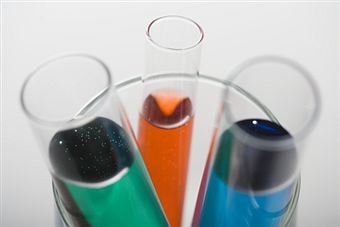
source 1
type of a thing, for example a plant or language, that is different from the others in the same general group
Apples come in a great many varieties.
a rare variety of orchid
different varieties of English
My cooking is of the ‘quick and simple’ variety.
source 2
a lot of things of the same type that are different from each other in some way:
The girls come from a variety of different backgrounds.
a wide/great/endless etc variety of something Cafe Artista offers a wide variety of sandwiches.
at (…) intervals

source 1
with spaces between
Flaming torches were positioned at intervals along the terrace.
source 2
a) something that happens at regular intervals happens often:
The phone rang at regular intervals all afternoon.
b) objects that are placed at regular intervals have all been placed at the same distance from each other:
Trees had been planted at regular intervals.
repetition

source 1
the fact of doing or saying the same thing many times
learning by repetition
In her work we find the constant repetition of the same themes.
source 2
doing or saying the same thing many timesrepetition of The job involved the constant repetition of the same movements.
Children used to learn by repetition.
hypothetical

source 1
based on situations or ideas which are possible and imagined rather than real and true
a hypothetical question/situation/exampleLet us take the hypothetical case of Sheila, a mother of two…
I wasn’t asking about anybody in particular—it was a purely hypothetical question.
source 2
based on a situation that is not real, but that might happen
hypothetical situation/example/question Brennan brought up a hypothetical case to make his point.
The question is purely hypothetical.
alkali

source 1
a chemical substance that reacts with acids to form a salt and gives a solution with a pH of more than seven when it is dissolved in water
source 2
a substance that forms a chemical salt when combined with an acid
expose
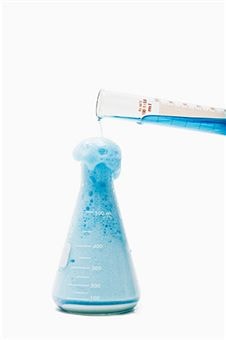
source 1
to put somebody/something in a place or situation where they are not protected from something harmful or unpleasant
to expose yourself to ridicule
Do not expose babies to strong sunlight.
The roof collapsed, exposing the timbers to the elements.
You could be exposing yourself to unnecessary risks when driving alone.
non-metallicsource 1
metallicmade of or containing metal
a metallic object
metallic compounds
source 2
made of metal or containing metal:
metallic particles
transition

source 1
the process or a period of changing from one state or condition to another
transition (from something) (to something) the transition from school to full-time work
He will remain head of state during the period of transition to democracy.
transition (between A and B)
We need to ensure a smooth transition between the old system and the new one.
This course is useful for students who are in transition (= in the process of changing) from one training programme to another.
source 2
when something changes from one form or state to another
transition from something to something the smooth transition from full-time work to full retirement
Making the transition from youth to adulthood can be very painful.
a society that is in transition (=changing)
the period of transition to full democracy
mercury
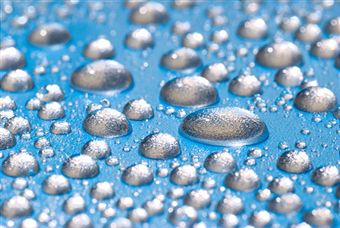
source 1
a chemical element. Mercury is a poisonous silver liquid metal, used in thermometers.
source 2
a heavy silver-white poisonous metal that is liquid at ordinary temperatures, and is used in thermometers. It is a chemical element
numerous

source 1
existing in large numbers
Synonym: many
He has been late on numerous occasions.
The advantages of this system are too numerous to mention.
Numerous studies have shown this to be true.
source 2
many:
Numerous attempts have been made to hide the truth.
The two leaders have worked together on numerous occasions.
too numerous to mention/list The individuals who have contributed to this book are far too numerous to mention.
inert
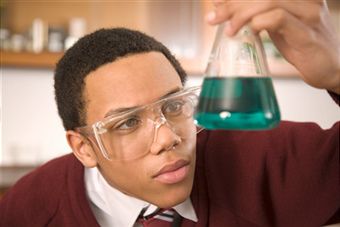
source 1
without active chemical or other properties (= characteristics)
source 2
not producing a chemical reaction when combined with other substances:
inert gases